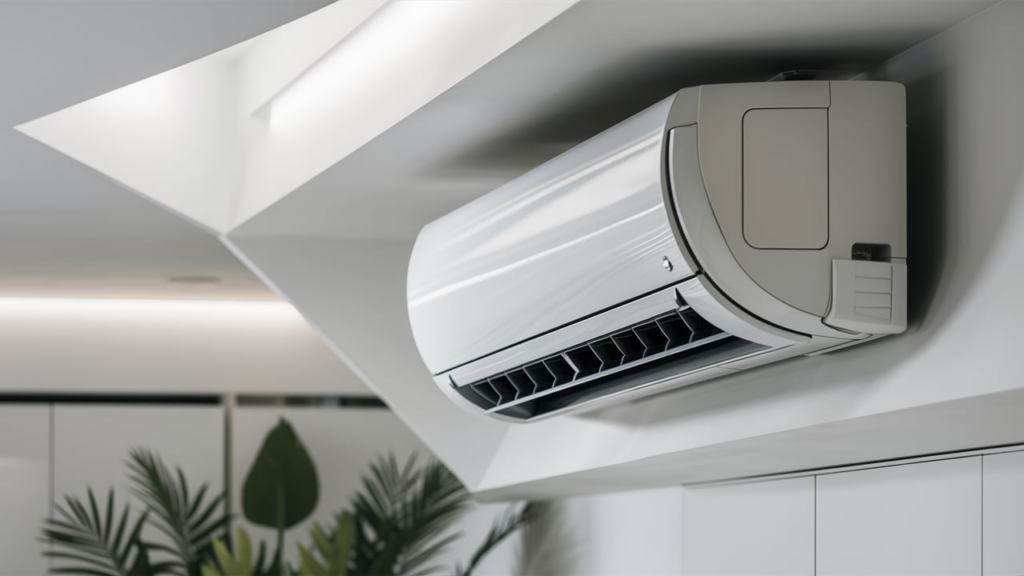
If your LG multi-split air conditioner is displaying error code 67, there’s no need to panic. This common issue is often something you can resolve yourself, saving you time and money on service calls. Follow these steps to troubleshoot the problem effectively.
Understanding Error Code 67
Error code 67 on an LG multi-split air conditioner typically indicates a communication issue between the indoor and outdoor units or a problem with the air intake. This error might arise due to blocked filters, improper installation, or an electrical fault. Understanding the root causes will help you identify the right solution and prevent future occurrences.
Common Causes of Error Code 67
Here are some common reasons why your air conditioner might display error code 67:
- Obstructed Airflow: Dust or debris in the air filters can restrict airflow, leading to system inefficiencies.
- Wiring or Connection Issues: Loose or disconnected wires between the indoor and outdoor units can interrupt communication.
- Blocked Condenser Coils: External debris or dirt may clog the condenser unit, affecting performance.
- Improper Installation: Incorrect setup or improper alignment between components can cause the error.
- Sensor Malfunction: Faulty sensors can miscommunicate operational data, triggering the error.
Safety First
Before attempting any repairs or maintenance, prioritize safety to avoid injury or damage to your appliance. Keep these guidelines in mind:
- Turn off the air conditioner and unplug it or switch off the circuit breaker to eliminate the risk of electric shock.
- If the unit has been recently used, let it cool down completely before starting your work.
- Unless you’re experienced with multimeters, refrain from testing live voltage to prevent short circuits or accidents.
- Work methodically and avoid rushing to reduce the risk of errors or injury.
- Ensure your workspace is well-lit to clearly see all components.
- Keep your area free of clutter, and ensure pets and children are not nearby while you work.
- Never handle electrical components with wet hands, and make sure the workspace is dry.
- Review the user manual for specific safety instructions or installation guidelines related to your air conditioner model.
- Avoid using excessive force when removing or reassembling parts to prevent damage.
- Use insulated gloves to protect your hands from sharp edges or debris.
- Avoid direct contact with exposed wires or terminals. Use non-conductive tools or insulated gloves if handling wires is necessary.
- Take photos or notes of wiring connections before disconnecting anything to simplify reassembly.
How to Fix the 67 Error Code on Your LG Multi-Split Air Conditioner
Disconnect the Power Supply
- Turn off and unplug the air conditioner from the power source to ensure safety.
Inspect the Outdoor Fan Motor
- Visually examine the outdoor fan motor to check for any seizing or obstruction.
- Manually rotate the fan blades to confirm they spin freely without binding or blockage.
- Remove any debris or obstructions you find.
- If the motor appears functional, proceed to testing it.
Test the Fan Motor
- Keep the air conditioner disconnected from the power supply.
- Access the outdoor unit and locate the outdoor fan motor connector on the printed circuit board (PCB). Refer to your model’s wiring diagram if necessary.
- Set a multimeter to resistance (Ω) mode.
- Measure the resistance between the motor winding terminals using the multimeter probes.
- Compare the readings to the manufacturer’s specifications in the user manual or technical sheet.
- If the resistance values are outside the specified range, or if an open or short circuit is detected, replace the outdoor fan motor.
- If the motor passes the test, proceed to the next step.
Reconnect the Power Supply for Live Voltage Testing
- Reconnect the air conditioner to the power source.
- WARNING: Be cautious when working with live electricity. If you’re uncomfortable with this step, seek professional help.
Check the Power Supply
- With the outdoor fan motor connector still unplugged, set the multimeter to voltage mode (AC or DC) based on the motor’s specifications.
- Measure the voltage between the power supply terminals on the fan motor connector.
- Compare the voltage reading to the rated voltage printed on the fan motor.
Assess the PCB
- If no power is detected or the voltage is incorrect but the fan motor is functional, the problem likely lies with the PCB.
- Replace the PCB as needed.
Preventing Future Errors
Once the issue is resolved, taking preventive measures can minimize the chances of encountering the error again:
- Regular Maintenance: Clean or replace air filters monthly to ensure consistent airflow and system efficiency.
- Professional Inspection: Schedule annual inspections with a qualified technician to catch and resolve potential issues early.
- Monitor Installation Quality: When installing or relocating the unit, ensure all components are properly aligned and securely connected.
- Keep the Area Clean: Regularly remove debris around the outdoor unit to prevent blockages.
- Check Connections Periodically: Inspect wiring and connectors for any signs of wear or looseness, and address them promptly.
Also Read: How to Clean Your Air Conditioner the Easy Way
Conclusion
And there you have it! Troubleshooting error code 67 on your LG air conditioner doesn’t have to be intimidating. With a bit of patience, some basic tools, and the steps outlined here, you can tackle the issue and get your air conditioner back in action. Remember to prioritize safety and don’t hesitate to call a professional if things feel too complex.
To keep your unit running smoothly, stay on top of regular maintenance and inspections—it’s the easiest way to avoid unexpected issues like this in the future.
